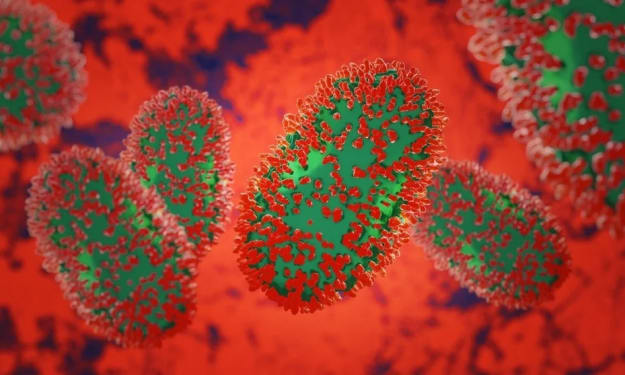Why Meal Timings is an Essential Part of a Balanced Diet
Meal timing is an essential part of a balanced diet. When we want to be on top of our shapely figure, the right kind, amount, and timing are important to balance our calories throughout the day.

Meal timing is an essential part of a balanced diet. When we want to be on top of our shapely figure, the right kind, amount, and timing are important to balance our calories throughout the day. With that, there is no need to restrict yourself from eating lesser foods or depriving your body of the needed ingredients it should use for a day’s work.
Our metabolism is different from our identity. Every individual has a different health and lifestyle profile which explains why it is hard to follow a single diet program. A diet plan may be effective for you, but not for your friend. Even the intensity and duration of exercise may not be suitable for your friend as compared to yours. So to better understand what is happening inside your body, here is a basic explanation.
Timing
Breakfast Time:
- The body has fasted from sleep so there is no food intake for 8- 12 hours.
- With this occurrence, the energy reserves (in the form of glycogen) are low.
- This is where our muscles are in a state called mild catabolic since the energy reserves are used for energy while there is no food intake for 8-12 hours.
- The fat stores are being used up as energy. Thus, it is being burned and mobilized.
Your metabolic goal at this time is to replenish the glycogen stores that were used from the fasting hours. You also need to stop your muscles from catabolism so that you will not acquire a state of muscle wasting. Along with that, you also need to support the continuous metabolism of fat.
To do that, you need to have a combination of high-quality proteins that are absorbable enough to quickly replenish your muscles from fasting, like eggs and lean meats. You can also mix simple with complex carbohydrates to quickly replenish energy and at the same time, gradually release some of it as you go along your daily routine.
Fat is also important, so make sure to consume essential fatty acids. With that, you can eat walnuts, seeds, and avocadoes. You - 28 - can also make use of a little amount of oil like canola oil or flax seed oil.
AM Snack:
- The level of your glucose is already gradually balancing out
- The feeling of hunger is increased
Your metabolic goal: give your muscles the strength they need by consuming proteins and enough carbohydrates. It is good to further balance out your glucose level and at the same time, replenish protein stores.
To do this: You need to mix proteins and carbohydrates just enough to attain your metabolic goal. Consider foods with low glycemic index and you can drink protein shakes, whey proteins from milk, and fresh egg whites.
Lunch Time:
- The morning snack that you have eaten is burned as energy and you may need more for a full day’s work.
Your metabolic goal is to provide your muscles with sufficient calories with carbohydrates and proteins. Lunch can be your largest meal as compared to breakfast and dinner since you will work more after.
To do this: Simply mix high-protein meat products like beef or chicken, then opt for high-fiber and low-glycemic carbohydrates. It is also good to invest in essential fatty acids.
PM Snack:
- The levels of glucose in your body are now deteriorating.
- With a few hours of mild fasting, your muscle is in a metabolic state again.
At this time, your metabolic goal is to gradually level your glucose up and stop the muscles from being catabolized.
To do this: Simply choose a snack that is enough to keep you replenished until dinner. Eat proteins that are slowly absorbed like cooked eggs. As for carbohydrates, choose the ones that are low in sugar but dense in calories.
Dinner Time:
- Your muscles are anabolic as they prepare for another 8-12 hours of fasting during sleep. This is up until about noon.
Your metabolic goals should support your muscles while they are in an anabolic stage so the catabolic state will not impose any health problems in the long run.
With that, you need to eat types of foods that are low in calories but rich in protein. Choose proteins that are slowly absorbed like beef, pork, and chicken. Invest in high-fiber carbohydrates and essential fatty acids.
Do make sure to grab your free cookbook of 21 easy and healthy keto recipes to try this month.
About the Creator
Sujoy Mukherji
I am passionate about helping small businesses 10X their marketing and sales. I am also the founder of the Affiliate Hub Blog (www.theaffiliatehub.net)






Comments
There are no comments for this story
Be the first to respond and start the conversation.